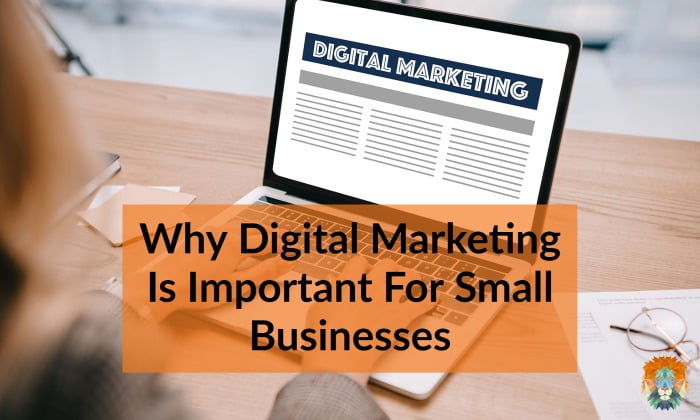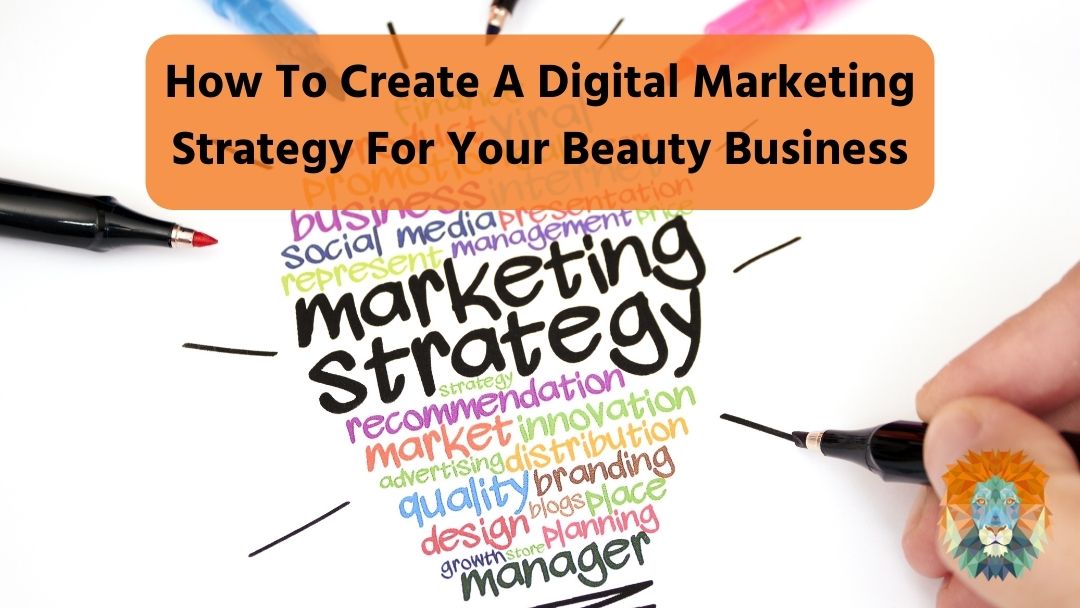We’ve talked before about just how powerful storytelling can be in the world of marketing. Stories are the thing that binds us together over the years, from when we’re tiny babies until we’re old and infirm, sharing our stories with the grandkids. But it can also be so much more. If you take something as powerful as storytelling and integrate it into your marketing approach, you can create a range of marketing strategies that have a real impact on your customers, boost your conversion rates, and make your brand absolutely unforgettable. So today we don’t want to talk about exactly how you should tell stories in your different marketing channels. Instead, we wanted to take a more birds-eye view of things, and look at how storytelling can actually inform your entire marketing strategy from the very beginning.
Does Storytelling Impact Marketing?
In a nutshell, yes! Storytelling is the core of a good marketing strategy – so much so that many businesses use it without even realising it. Storytelling is what you do in order to make your reader feel something, evoke a response and maybe even take an action. You can use pictures, words videos – whatever medium you want to convey your message – but the story inside it is what’s powerful. And if you get it right, you can see amazing results. In fact, research has shown that when customers connect with a brand’s story, 15% would buy their products right away, while 55% would be more likely to buy from the company in the future. It’s something that bigger brands have already harness – with John Lewis and their Christmas adverts taking front and centre, and now smaller businesses are starting to take notice too.
Storytelling as Part of Your Marketing Strategy
So, storytelling is something all businesses can and should use. But how? And more importantly, how can storytelling be ingrained into the very core of your marketing strategy, and not just used as an afterthought in a few blog posts? Because if you can make storytelling part of your marketing strategy, you’re much more likely to see success at every level.
Using the 5-Act Structure
The human brain is drawn to stories, so if you really want to create marketing materials that drive your message home, the best way is to do it with a story. This means you need to understand how stories are structured, and how to apply that to your marketing. The good news is, there is a well established 5-act structure you can follow, which will send your prospects on an emotional adventure building up to a memorable climax that will cement you in their mind. The structure looks like this:
- Inciting incident
- Journey
- Crisis
- Climax
- Resolution
Does this look familiar? It should. Not only is it how pretty much every story on earth is structured, but it’s also very similar to the journey your customer goes through with your company before they choose to buy. For example, they will have an inciting incident – something that sparks off the need for your product or service. Then they will embark on a journey to discover their options, which will bring them to your content. So when you’re designing your marketing content, it’s important to not only create stories within your marketing, but design your marketing strategy to follow this customer story.
Turn Numbers Into Narratives
A lot of people don’t necessarily think of numbers and stories going together. In fact, they’re often seen as opposites. But in marketing, everything is driven by data. You should be collecting data on your customers at every opportunity, as well as using industry insights and Google analytics to get a better picture of the industry as a whole, customer behaviour and wider marketing trends. You can then do a lot of things with this data, including informing your marketing strategy. Use that data to map out your customer journey, storyboard what you want their journey to look like, and build up detailed customer profiles. Remember that your customer is the protagonist in their own story, and you need to find a way to be part of their quest and be the best solution possible. Data-based customer profiles can be created using demographic trends, UX engagement, customer feedback and more, helping you really understand the people who buy from you and allowing you to target your marketing strategy to pinpoint precision.
Build Powerful Messages
Being able to conceive, craft and then promote a powerful marketing strategy entirely depends on your ability to tell a good story. Because above all, a good marketing strategy needs to be relatable to your target audience in order to get their attention. Otherwise, you’re wasting your time. So use all of that data you gathered and those customer profiles you generated and use it to build up a strong message that will really resonate with your target market in a way they just can’t ignore. A popular way to do this is to tell stories, or even one story, across one campaign. This way customers will see one part of the story and want to know more – drawn by that biological compulsion toward stories. This gives you more space and time to craft your message and build it up to that powerful climax. Weaving a compelling narrative throughout your marketing strategy can be just what you need to convey those big messages in a simple and impactful way.
At Lion Spirit Media, we know that the art of a good marketing strategy is in the planning, and that’s where we shine. That’s why our content marketing strategies have a heavy focus on honing a clear, proactive and well-thought-out message, bringing together all of the things important to a marketing strategy under one plan. Our team can help you understand who your customers are, how best to reach them, and plan out your strategy in detail for you, not to mention putting it all in motion as well! So if you want to see the benefits of a story-driven marketing strategy for your business, but don’t know where to start, let us help you out. Just get in touch with us today to book your free consultation.





0 Comments